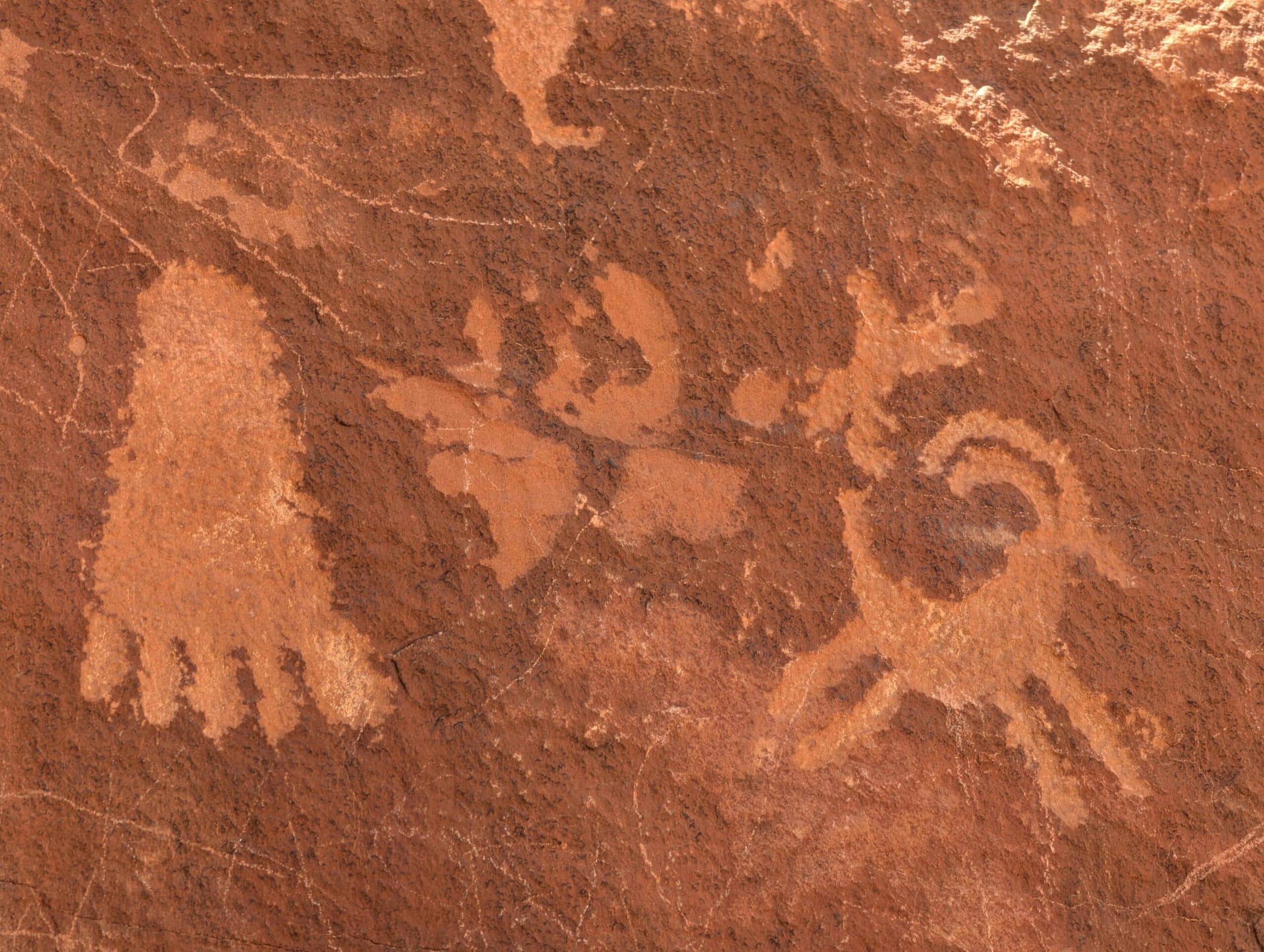


Central Question: How do events in the contemporary United States represent change and continuity over time?
Scholars understand how to prioritize information when researching in order to answer a specific research question with a compelling idea.
Preparation
Launch — 5 minutes
Research Question (5 minutes)
Setting Guidelines for Research (15 minutes)
Research Paper Planning Guide Model (15 minutes)
Homework
Central Question: How do events in the contemporary United States represent change and continuity over time?
Scholars prioritize information when researching in order to answer a specific research question with a compelling idea.
Preparation
Homework
Central Question: How do events in the contemporary United States represent change and continuity over time?
Scholars understand how to plan and draft clear and compelling written arguments that answer a historical question with strong theses and evidence that supports or proves their theses.
Preparation
Teacher Feedback Guidance
Central Question: How do events in the contemporary United States represent change and continuity over time?
Scholars can plan and draft clear and compelling written arguments that answer a historical question with strong theses and evidence that supports or proves their theses.
Preparation
Homework
Teacher Feedback Guidance
Central Question: How do events in the contemporary United States represent change and continuity over time?
Scholars understand how to revise their research papers based on individualized teacher feedback to make their papers stronger and clearer and to understand how to use their feedback to grow as writers.
Preparation
Homework
Central Question: How do events in the contemporary United States represent change and continuity over time?
Scholars revise their research papers based on individualized teacher feedback to make their papers stronger and clearer and to understand how to use their feedback to grow as writers.
Preparation
Homework
Prompts: Scholars may choose one of the following prompts about Big Ideas in American history.
Project Menu: Scholars may then choose to respond to the prompt chosen above with one of the formats outlined below.
resources
Access a wide array of articles, webinars, and more, designed to help you help children reach their potential.
Curated Middle School Novel List (Grades 5-8)
Educator
Parent
Book lists
Book Lists
Middle School
5th
6th
7th
8th
Literacy

ES PBL Grade 2: Brooklyn Bridge
Educator
Curriculum
Elementary School
2nd
PBL

ES PBL Grade 3: Iroquois and Lenape
Educator
Curriculum
Elementary School
3rd
PBL

Grade 1: PBL School – How It Works!
Educator
Curriculum
Elementary School
1st
PBL
NEWSLETTER
"*" indicates required fields
